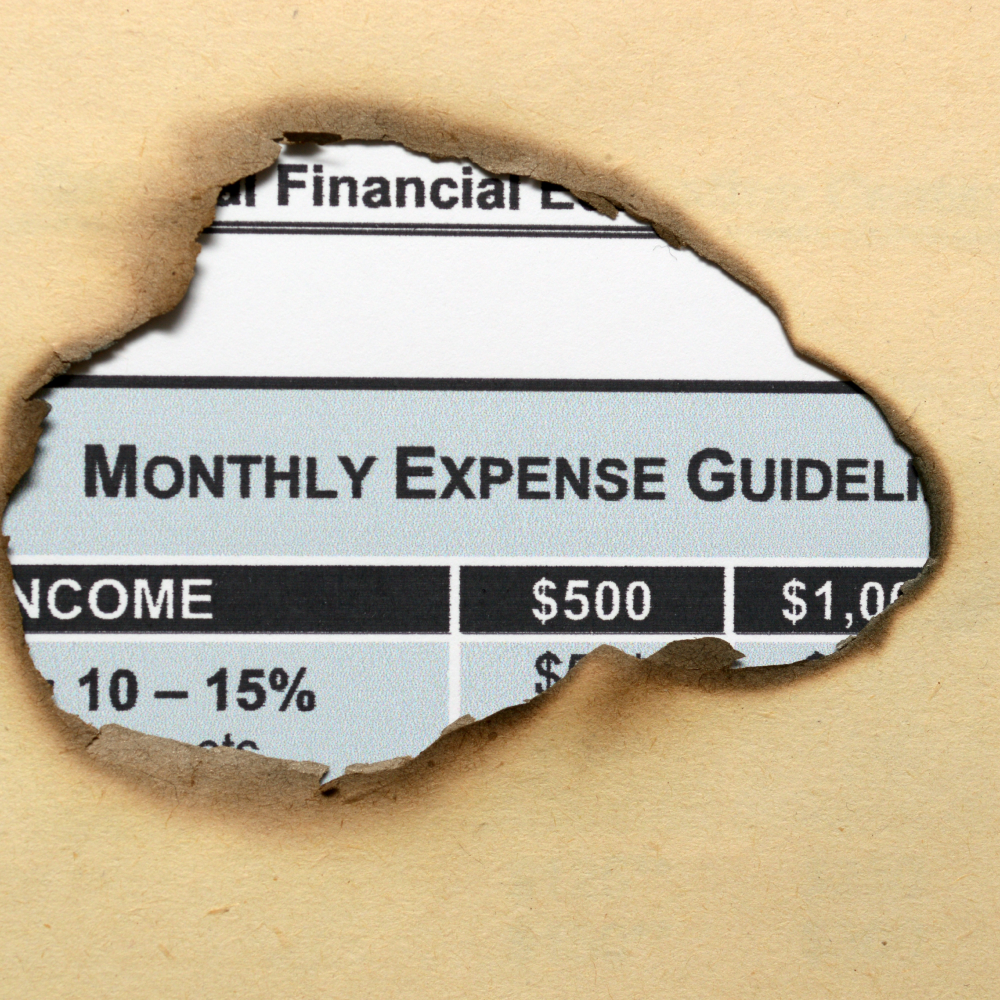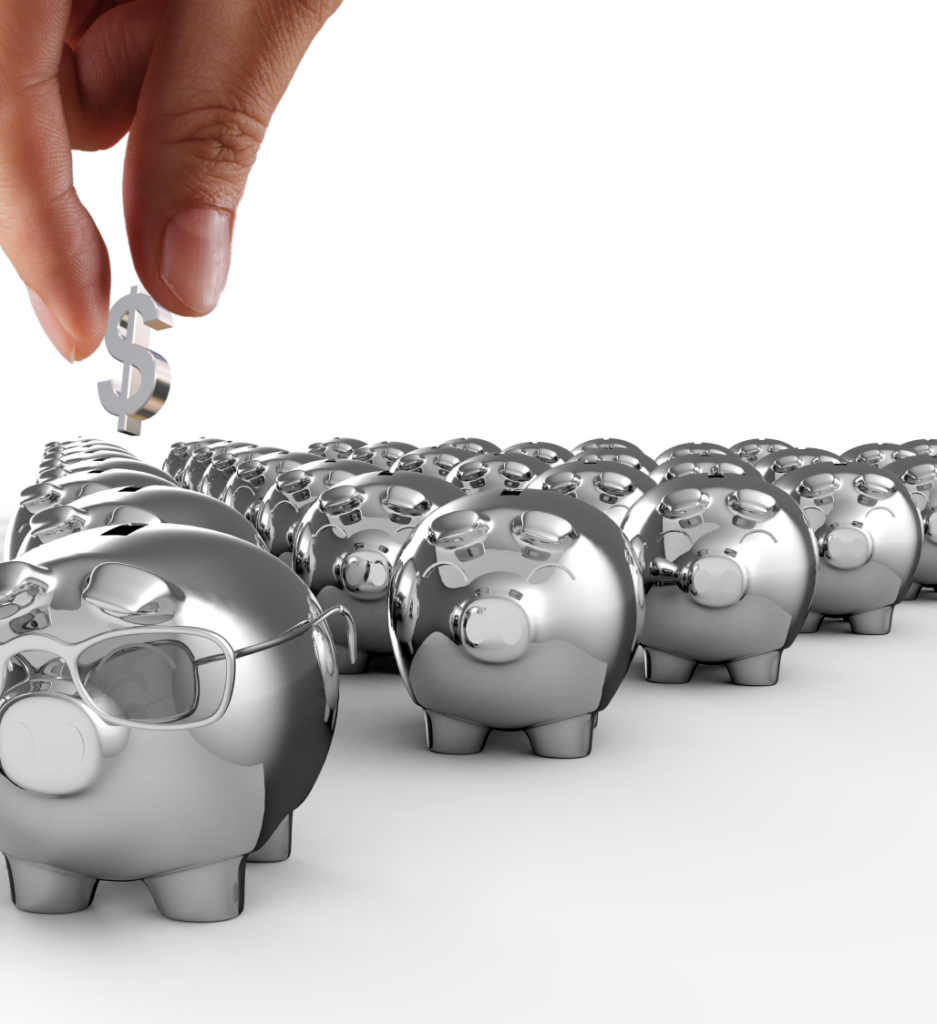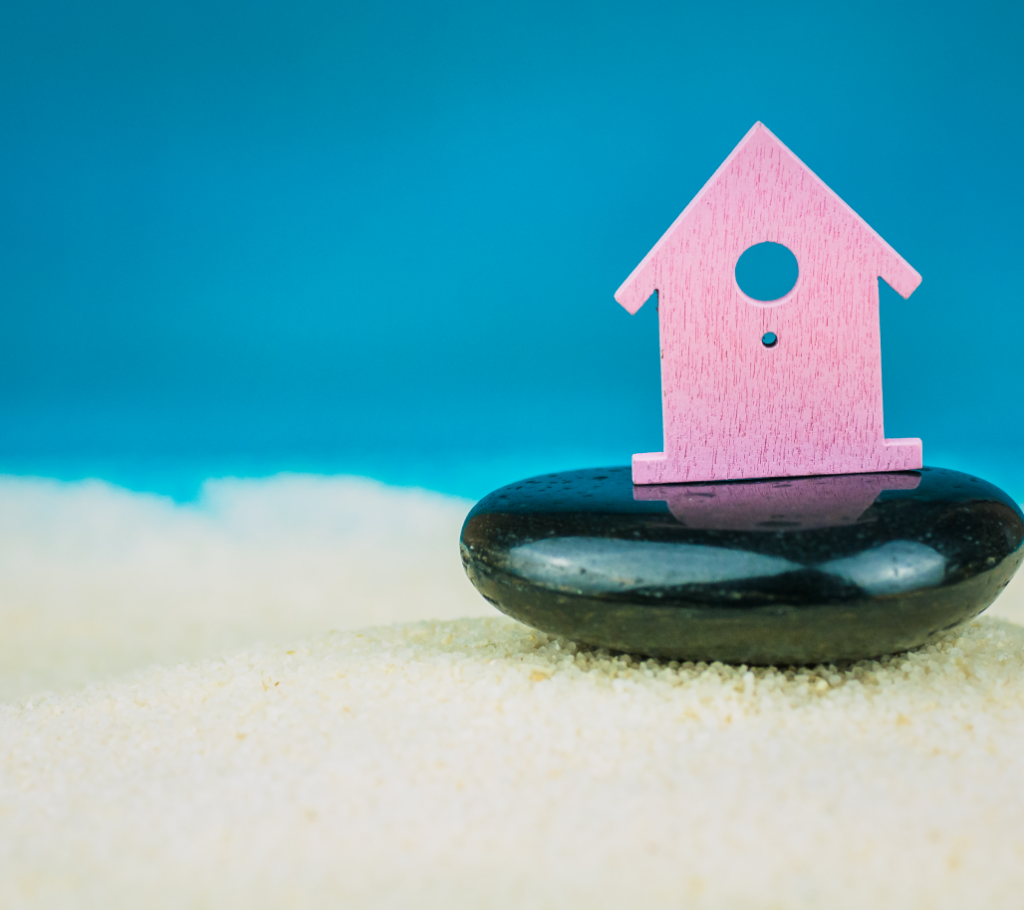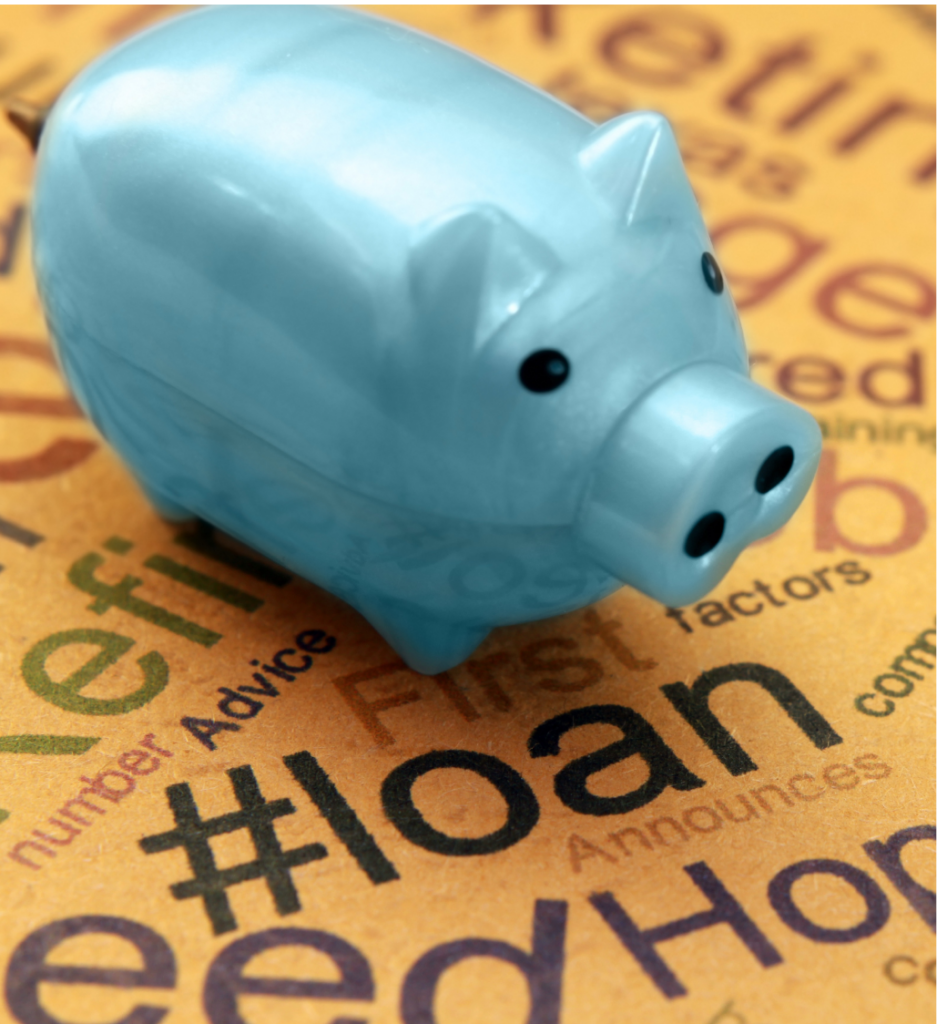What is a Personal Loan, and How Do They Work?

If you’re thinking of taking out a personal loan, you’re not alone. More than 22 million Americans had taken out personal loans as of late 2022, with an average balance owed of approximately $11,000. In fact, as of early 2021, at least 131 million Americans – or 51 percent of Americans – said they had taken out a personal loan in their lifetime.
In today’s world, people like you find themselves needing additional funds to meet personal goals or cover unexpected expenses. For these occasions, personal loans can be a valuable financial tool.
But you may be wondering what a personal loan is and how it works. In this article, we will explore the basics of personal loans, and explain their purpose and delve into how they work.
What is a Personal Loan?
Personal loans are a form of installment credit. As opposed to a credit card, a personal loan delivers a one-time payment of cash to a borrower. Borrowers then must pay back that amount of money plus interest in regular, monthly installments over the lifetime of the loan, known as its term.
Personal loans can help you finance most major purchases that range from home repairs to jewelry, typically at a lower interest rate than paying with a credit card. If you’re contending with trying to pay down high-interest credit card debt, you have the option of taking out a personal loan to consolidate the balances and lower the overall APRs. This eliminates the burden of juggling a bunch of high monthly payments.
Fortunately, there are many fast and easy loan options available to choose from. And most of them take less than 10 minutes to apply on the web. Be aware that the approval loan process usually takes up to one business week, and that is based on how fast the lender receives and processes your documents.
Personal loans do charge interest. You could also run up against certain other fees. Examples of these are an origination or administrative fee that is taken out of your loan amount once you are approved or an early payoff penalty for paying the loan off prior to the end of your term – making the lender miss out on future interest payments. The typical 24-month personal loan APR is 11.23 percent, according to the Fed’s most recent data. In comparison, the latest average APR for credit cards is 19.07 percent.
Loan amounts for personal loans vary widely, from around $1,000 to $50,000 or more, and interest rates currently range from approximately 6 percent to 36 percent. Borrowers usually have between one and seven years to repay the money on a personal loan.
How Do Personal Loans Work?
Personal loans come in various forms and can be secured and unsecured. With a secured loan, you’ll need to offer up collateral or an asset that is worth something in the event you’re unable to pay the money you owe back. If you default on the loan, the lender will get the asset. Examples of secured debt are mortgages and auto loans.
For unsecured loans, which is the most common type of personal loan, you are not required to put up collateral. And if you don’t pay back the money, the lender will not be able to garnish any of your assets.
However, there will be consequences for not paying the loan money back in a timely fashion. For example, if you default on an unsecured personal loan, it will damage your credit score. That raises the cost of borrowing, and in some cases, significantly. Also, the lender might file a lawsuit against you to collect the outstanding debt, interest, and fees.
The purpose of an unsecured personal loan is to finance a large purchase like a wedding or a vacation, to pay down a high-interest credit card, or to consolidate student loans.
When it comes to how a personal loan is distributed, they are issued as a lump sum that is deposited into your bank account. In the vast majority of cases, you’re required to pay back the loan over a fixed period of time at a fixed interest rate.
The payback period can be as short as a year to as long as 10 years and will vary from one lender to the next. For example, certain lenders will offer personal loans with terms between three and seven years, while others will offer loans with terms from three to six years.
Borrowers who don’t know how much money they will need can also take out a personal line of credit. This is an unsecured revolving line of credit that comes with a predetermined credit limit. In that regard, it is similar to a credit card.
The interest rate for a revolving line of credit is usually variable, which means it changes in accordance with the current interest rate. You only have to pay back what you draw down from the loan plus interest. Lines are commonly used for home improvement projects, overdraft protection, or for emergency situations.
Understanding the Terms of a Personal Loan
Here is a breakdown of the various moving parts that make up personal loans:
Monthly Payment — Personal loans come with a fixed monthly payment that you will make for the life of the loan. It is calculated by adding up the principal and the interest. In most cases, you can secure a lower monthly payment if you agree to pay off your loan over a longer period of time.
Interest Rates — Personal loans charge borrowers a fixed APR, or annual percentage rate, in addition to the principal loan amount. This APR can vary depending on creditworthiness, income, and other factors. The personal loan interest rate determines how much interest borrowers pay over the life of the loan. Learn more about our credit union loan rates here.
Origination Fees — Some personal loans charge an initial origination on top of the original amount of your loan. While origination fees vary, it’s typical to see origination fees as much as 10 percent of your loan amount.
Repayment Terms — Repayment timelines will vary for personal loans, but consumers are usually able to select repayment terms between one and seven years. But some lenders may offer terms of up to 12 years on larger personal loans.
Is a Personal Loan Right for You?
Personal loans give people like you the flexibility to obtain the necessary funds for personal expenses or goals. It is important, however, to compare various lenders, review the terms and conditions, and ensure that a loan aligns with your financial circumstances and objectives.
With responsible borrowing and timely repayments, personal loans could be an effective financial tool for achieving your goals and managing unexpected expenses.
Look to California Community Credit Union for Personal Loans
At California Community Credit Union, we offer various types of personal loans in California. The California Community CU Personal Loan is a quick and easy option when you need extra funds. Whether you will be using the funds for an unexpected expense, or to purchase an appliance, or go on vacation or to consolidate debt, a California Community CU Personal Loan can help. And you can borrow as little as $500.00.
We at CACCU have the financial experts who can fit you with the perfect type of personal loan that is tailored to match your personal needs. We invite you to contact us today to get started.
you may also like
Credit Union Membership: What You Need to Know
Credit unions have become a significant part of the financial ecosystem by offering a range of products,…
How to Achieve Financial Wellness
In today’s fast-paced world, achieving financial wellness has become the foundation of personal success. Financial wellness does…










